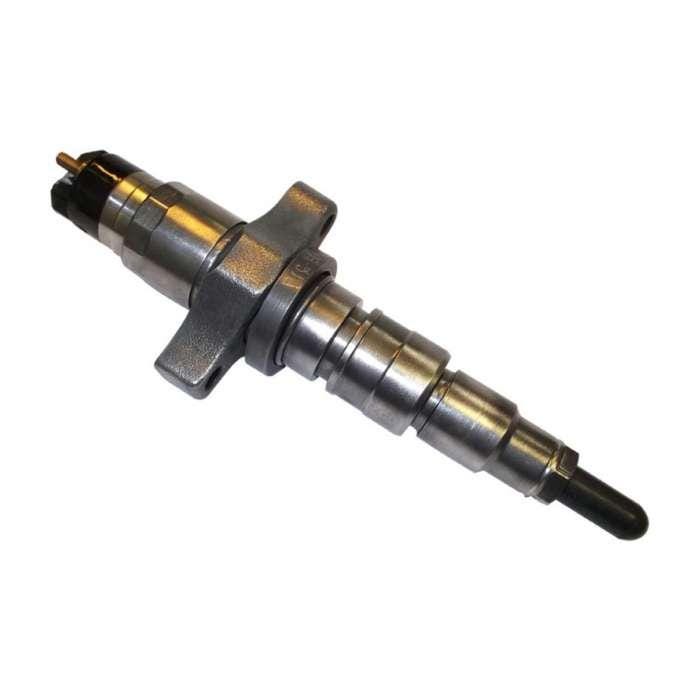In the intricate world of automotive engineering, few components are as enigmatic yet essential as the injector. Beneath its seemingly simple exterior lies a complex mechanism that plays a critical role in the functioning of modern engines. Embark with us on a journey as we unravel the mysteries of the injectors 6.7 cummins through a technical deep dive, exploring its inner workings and understanding its significance in engine performance.
Understanding the Injector: Anatomy and Functionality
At its core, an injector is a precision-engineered device tasked with delivering precise amounts of fuel into the combustion chamber of an engine. This process occurs in a controlled manner, synchronized with the engine’s cycle and varying operating conditions. The injector’s primary components include the nozzle, solenoid or piezoelectric actuator, fuel rail, and electronic control unit (ECU).
The Injection Process: From Fuel Rail to Combustion Chamber
The injection process begins with the pressurized fuel stored in the fuel rail, regulated by the ECU to meet the engine’s demand. When signaled, the injector’s solenoid or piezoelectric actuator opens, allowing pressurized fuel to flow through the nozzle. The fuel is then atomized into a fine mist, ensuring thorough mixing with incoming air in the combustion chamber for efficient combustion.
Precision in Action: The Role of Electronic Control
Central to the injector’s operation is the electronic control unit (ECU), which acts as the brain of the fuel injection system. The ECU continuously monitors various engine parameters, such as throttle position, engine speed, and intake air temperature, to calculate the optimal fuel delivery strategy. Through precise control of injector timing, duration, and pressure, the ECU ensures optimal engine performance, efficiency, and emissions control.
Types of Injectors: A Diverse Landscape
Injectors come in various types and configurations, each tailored to specific engine designs and performance requirements. Common types include port fuel injectors, which inject fuel into the intake manifold, and direct fuel injectors, which deliver fuel directly into the combustion chamber. Additionally, injectors can vary in their actuation method, with solenoid-operated injectors being the most common, while some high-performance applications utilize piezoelectric actuators for faster response times and finer control.
Challenges and Innovations: Pushing the Boundaries
Despite their sophistication, injectors face several challenges, including maintaining precise fuel delivery under varying operating conditions, minimizing emissions, and ensuring durability in harsh environments. Engineers continually innovate to address these challenges, developing advanced injector technologies such as multi-hole nozzles for improved atomization, variable injection timing for enhanced efficiency, and self-diagnostic systems for improved reliability.
Conclusion: Deciphering the Injector’s Secrets
In conclusion, the injector stands as a testament to human ingenuity and precision engineering, playing a vital role in the operation of modern engines. Through a combination of intricate design, precise control, and constant innovation, injectors ensure optimal fuel delivery, engine performance, and emissions control. As automotive technology continues to advance, the mysteries of the injector will continue to be unraveled, driving further improvements in engine efficiency, performance, and sustainability.
